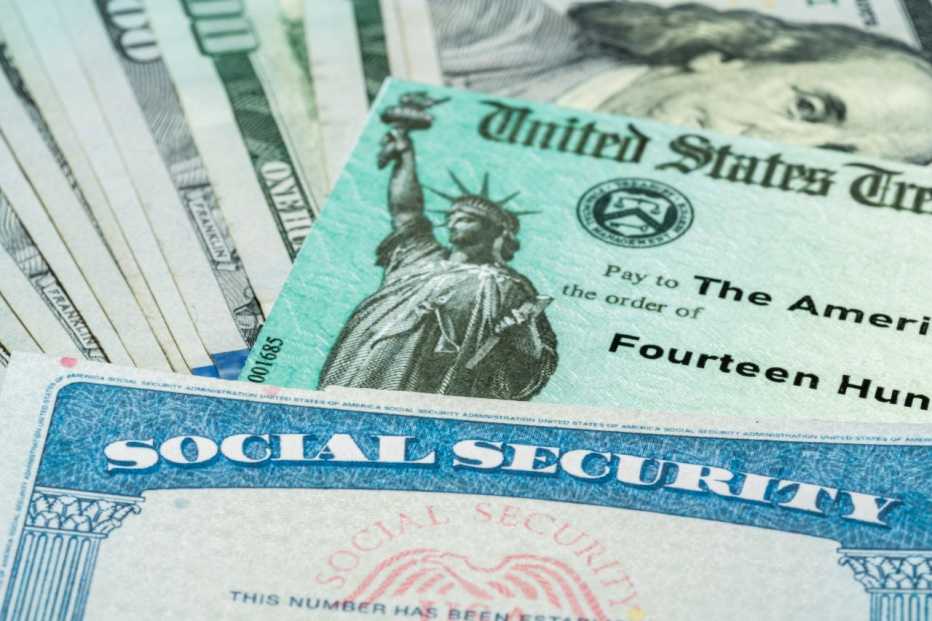AARP Hearing Center


It’s common knowledge that Social Security plays a critical role in the lives of millions. For women, it is a lifeline.
Consider these important facts:
The majority of Social Security recipients are women, and their share grows as we go up the age ladder. Consider Social Security recipients who are in their sixties. Women make up about 54 percent of this group. Among Social Security recipients who have reached their nineties, seven in 10 are women.
Women often need Social Security income to pay all their bills, and we see this most clearly with disadvantaged populations. When we look at the millions of women who receive 90 percent or more of their income from Social Security, 37.9 percent are African American and 31.3 percent are Hispanic. Among Whites, 26.1 percent of older women fall into this group.
Women rely on Social Security benefits they earn through years of their own hard work, as well as on Social Security benefits that their partners have earned through years of work. For example, widows make up the vast majority who receive Social Security survivor benefits after a worker’s death — 79 percent — far outpacing the numbers that go to older men.
To understand the importance of Social Security for women, it helps to consider the financial challenges that women face through the course of their lives.
It’s no secret that women typically earn less money than men. Women are more likely to leave their jobs or cut back hours to serve as caregivers for ailing loved ones. Faced with the costs of childcare and the demands of motherhood, many feel pressure to “lean out” of the workforce. And I haven’t even mentioned gender bias that exists in many workplaces. Women end up with less in savings, income and benefits when they retire. On top of that, women live longer than men, which means they have more years to pay for in retirement.
The Covid-19 pandemic has underscored these challenges. Women accounted for nearly 60 percent of the pandemic job losses at the end of 2021. Of these women, more than one third had been jobless for six months or more.

































































Recommended for You